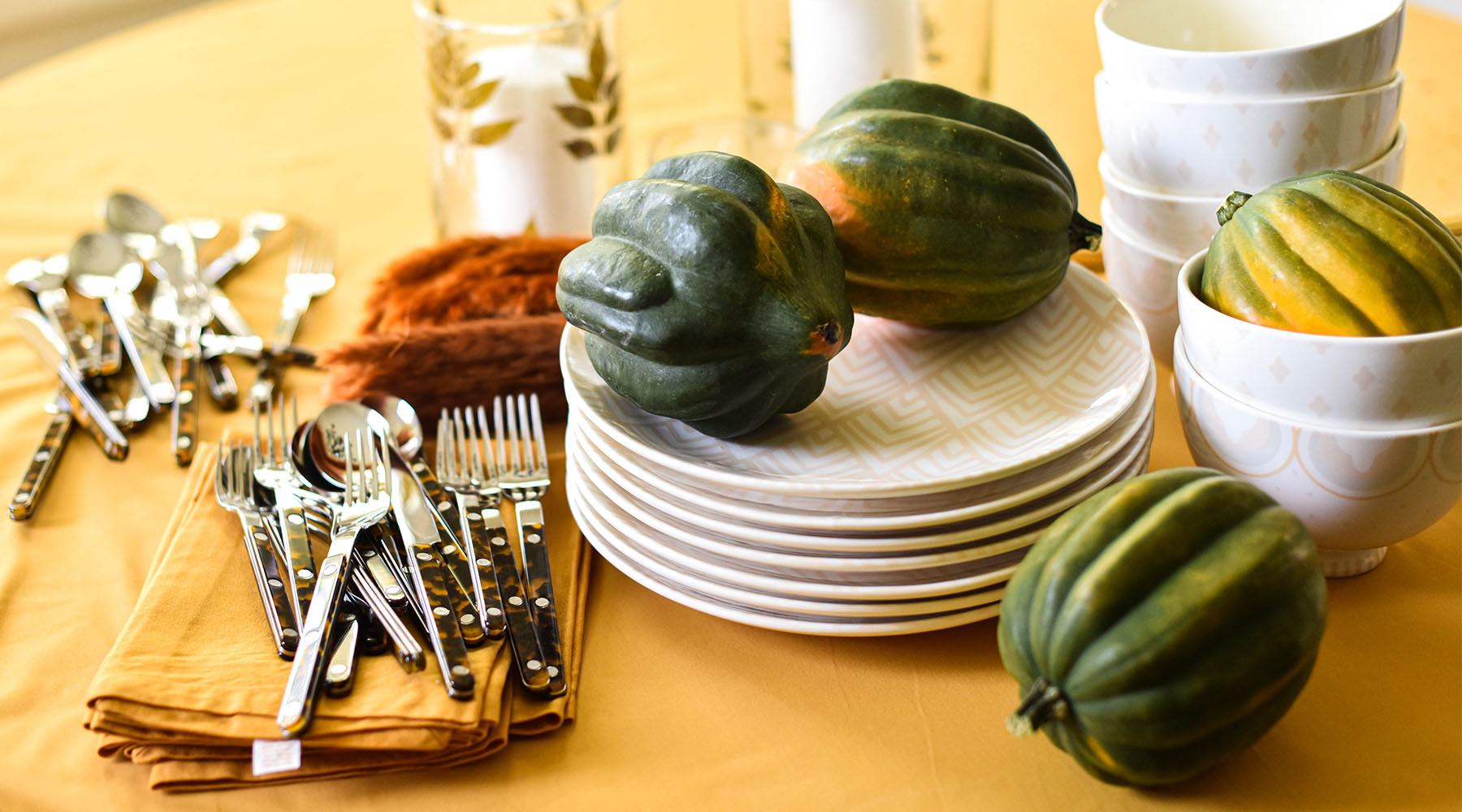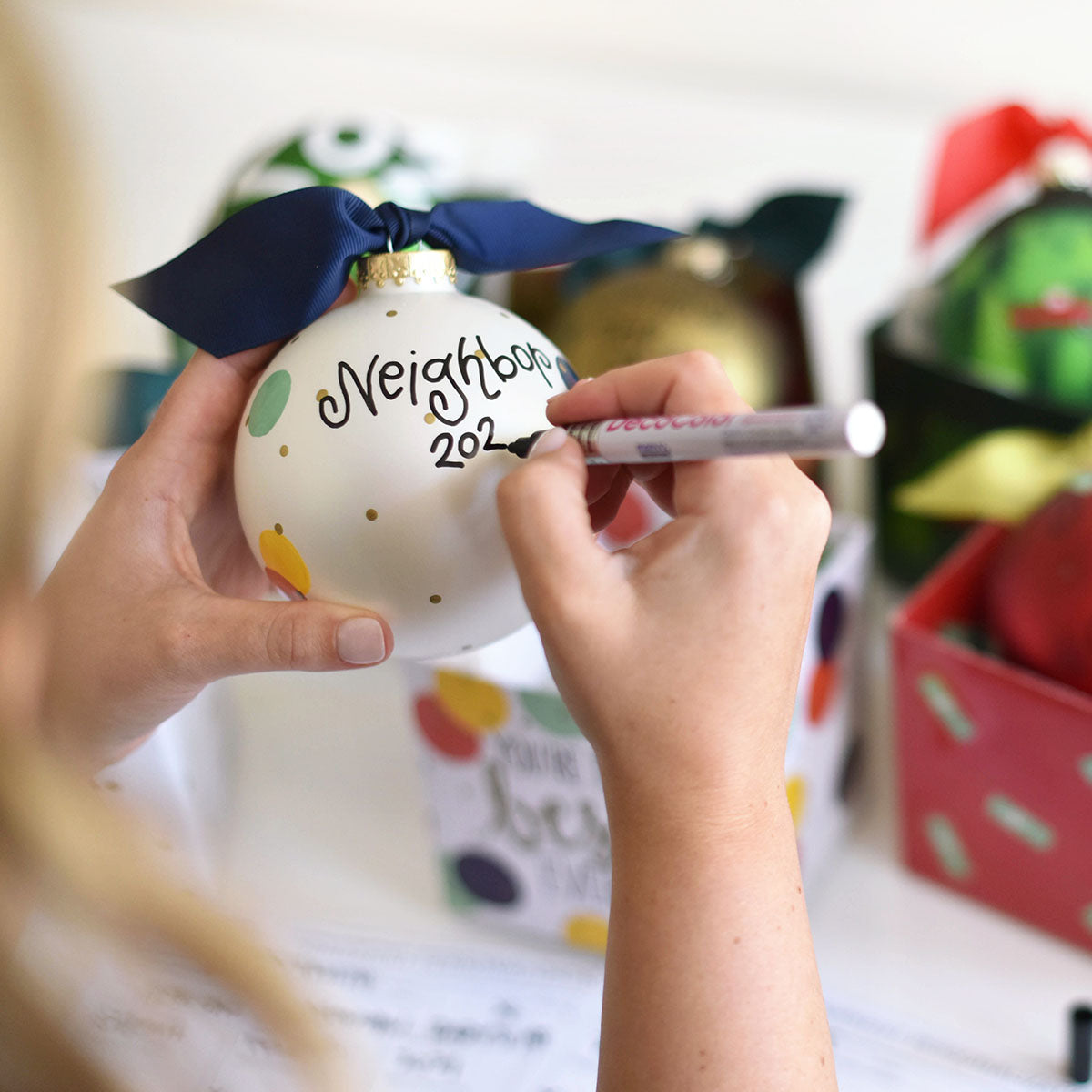
How to Plan a Gathering
Taking the time to plan before entertaining is a crucial first step that can ensure you have considered everything you need before diving in. Think of how you feel while shopping at the grocery store without a list: flustered, stressed, realizing you are spending double the amount of time you typically would – not to mention that it usually leads to buying too much or too little or leaving without everything needed. Lack of planning creates a whole lot of frustration for you.
Why is it Important to Have a Plan for My Event?
We believe in the power of avoiding frustration no matter what.
Preparing a plan before you ever start executing is always the best practice. And this same rule applies when planning to host. Trust us; you will be thanking yourself for this later. No more day-of-flutters for you!
“If you don't know where you are going, you'll end up someplace else.” - Yogi Berra
"By failing to prepare, you are preparing to fail." - Benjamin Franklin
Start Simple: Create an Outline for Your Gathering
Think of the plan as an outline of your gathering. An outline is defined as a general description giving the essential features of something but not the detail. The broad sketch of your plan. Like an artist sketching an outline of an object first before filling in the details, the outline gives your event boundaries for which to work in as well as letting you see an overall picture of what it will look like.
Once complete, step back and look at your sketch. Do you like what you see? If not, you have the chance to quickly reshape it without wasting precious time and money.

To create this simple guideline, ask yourself six questions: Who? What? Where? When? Why? How?
-
Why? Define my purpose for the gathering.
-
What? What amount of time and money do I want to (and does it make sense to) spend?
-
Who? Who will be attending? Define the guest list.
-
Where? Think of the atmosphere and the space. Where do I want to gather?
-
When? What day will this happen? Time of day or night?
-
How? Describe the mood - how will it look and feel?
Step 1: Ask Why? What is the Purpose of this Event?
TRUST US, always, always, always, always start with Why?
It is amazing how the simple step of capturing the reason, your purpose for creating the gathering, sets up success. It’s also surprising how often this step gets overlooked. We get it; the fun of creating the look of the gathering’s dinnerware sets, tablescape, or the recipes to experiment with is more exciting, so we always tend to get creative first, but do not be tempted.
 |
 |
 |
This will take discipline. But once your purpose is defined, the fun part of picking out the perfect serveware and dinnerware can begin and will remain fun so long as you have a purpose.
So, ask yourself, why? Why this celebration? What is its purpose? How do I want to feel, and how do I want those I invite to feel afterward?
Step 2: Ask What? Setting your Budget for Both Time and Money
The dreaded word budget doesn't have to send you running for the hills. No host we've met thinks of budgeting as fun; however, addressing it upfront is crucial. It's important to know that the budget is not only about the money spent, but it also covers a sometimes even more important asset: your time. So, ask yourself: What do you want to spend in both time and money?
Budgets vary widely depending on many factors, including the bank account balance and schedule demands. However, even with a queen's ransom at your disposal, the amount you WANT to spend should play an even bigger factor. The same goes with time. So many things tie up your calendar, but even when you have all the time in the world, how much time you WANT to spend should be considered, measured, and budgeted.
Deciding the budget of both time and money during this first planning step will help keep you in check, giving you more control over the outcome. With control, you’ll be certain things don't run away from you. Ending up with a gathering that meets your purpose within the proper number of resources that matter most will leave you fulfilled. And makes it worth it.
Step 3: Ask Who? Who Will be Attending Your Event?
What we have learned over the many celebrations we’ve hosted is that at the end of the day, true joy is in bringing people together. So, it’s important to think about who you want to include when building your guest list. Remember that what you are creating is connections between people through time spent together.

We are, by nature, typically optimistic. However, there is a time to consider limitations and planning your guest list is one of those times when it is prudent.
Guest List Considerations:
- Are there limitations with space?
- Is the venue big or small? Can it fit a large crowd comfortably, or will it feel cramped? Will a smaller crowd be swallowed up by too much space? Just like Goldilocks, the size dictates just the right number of guests to invite for a comfortable fit.
- Is the location easy to get to, or will it be a bit of an adventure?
- Difficult access may restrict certain guests from attending. Do not let the arrival of frustrated guests upset the festivities – it's best to leave inviting them another time or change the location to one that is more suitable for their comfort.
- What are potential calendar conflicts for guests?
- Which guests may be distracted or already too busy?
- Is the location kid-friendly?
- Antsy children stuck in a stuffy location is not fun for anyone.
Broad strokes are just fine here. Requests such as “immediate family,” “no more than 20 guests,” “girlfriends only,” and “friends who truly know the honoree” will work fine. The more you can define this to get to the number of guests is helpful, though.
Now review the purpose, do these guests fulfill the purpose? Planning the guest list to fit the gathering (and vice versa) assures a more relaxed and fun time for all.
Step 4: Ask Where? Where will this Gathering be Held?
Sometimes the where comes before the who, and after or before the when? So here is where flexibility prevails. Choosing the location always creates a lot of dependencies. This means that “if the location is this, then will it be that?”
 |
 |
 |
Capture as many of these dependencies as you can by thinking of all the “if this, then that.” This will help you address issues now during the planning process, helping avoid finding them later when it is more costly to correct.
Giving Thought to the "Where" of your Event:
-
If it is outside, will it be dark?
-
If it is inside, will it be large enough?
-
If it is by the pool, will it be too hot or too cold?
-
If it is at the barn, will it be easy for guests to get to or will it require a bit more direction?
-
If it is on the patio, will the atmosphere be fun?
Pick a location that meets your purpose and best delivers the atmosphere you want.
Step 5: Ask When? At What Time Will This Event be Held?
Time of day adds a lot to the look and feel of the overall event. When planning, it helps to work backward, like so:
-
End time: When do you want the guests to leave?
-
When will dessert be served? (One hour before the end of the evening)
-
When will the main course begin? (1½ hours after cocktail hour begins)
-
When will the appetizers be served?
-
Start time: When will the cocktail hour begin?
Now you are ready to set the perfect amount of time for each activity and complete the start time of the event and the end time (if using).
Step 6: Ask HOW? How do You Want People to Feel After This Event?
The next step in planning your gathering is to capture your vision for the mood of the event. Yes, yes, the fun part. A sentence or two will suffice. Remember, you are creating only a sketch now; the details, like which dinnerware settings will look best with your serveware, will be drawn in later.
Create the atmosphere by using descriptive words for the following:
-
Sight - Dark, light, moody, bright, etc.
-
Sound - Loud, quiet, jazzy, happy, etc.
-
Color - Colorful, bright, a big mix, all white, green only, etc.
-
Motion - Moving between rooms, gathering around a table, sitting around a roaring fire, circling a table full of delicious food, bellied up to a bustling bar, etc.
-
Emotion - Celebratory, meaningful, happy, sharing, learning, listening, etc.
Using descriptive words helps you fully visualize the mood you want, which will make it clearer to design and create.
You've Just Created Your Gathering Guideline - Congratulations!
By asking the six questions above, you have completed your gathering outline and your plan. Look over it carefully and make any adjustments to ensure it is clear, concise, captures your vision, and, most importantly, delivers your purpose.
Remember, any of these steps can easily be scaled up or down based on the formality or size of the gathering. Whether you host a larger gathering or a smaller crowd, use these steps as a beginning guideline to get you started. The idea is to alleviate stress and pressure and enjoy the process!

Congratulations, you are well on your way to being the host you have always dreamed you could be.
Next step: planning the execution.
Cheers!









Leave a comment
This site is protected by hCaptcha and the hCaptcha Privacy Policy and Terms of Service apply.